In an era dominated by climate change and environmental concerns, ATR has emerged as a trailblazer in sustainable aviation. Renowned for its specialization in regional aircraft equipped with highly efficient turboprop engines, ATR, a joint venture between Airbus and Leonardo, is leading the way in reducing carbon emissions. With an unwavering commitment to environmental sustainability, ATR not only revolutionizes the aviation industry but also offers passengers an exceptional and eco-friendly flying experience. During the Paris Air Show 2023, Flightreviews.net was invited by the manufacturer to visit their ATR 72-600 aircraft, providing firsthand insights into the manufacturer's groundbreaking advancements in sustainability and passenger experience.
One of the primary ways ATR is reducing its carbon footprint is through the design and production of highly fuel-efficient aircraft. Turboprop engines inherently consume less fuel than their jet engine counterparts, rendering them a more environmentally friendly choice for shorter regional flights. ATR's aircraft are meticulously crafted to optimize fuel efficiency, concurrently reducing emissions and operating costs. In fact, these aircraft consume 45% less fuel compared to similar size regional jet when traversing identical routes.
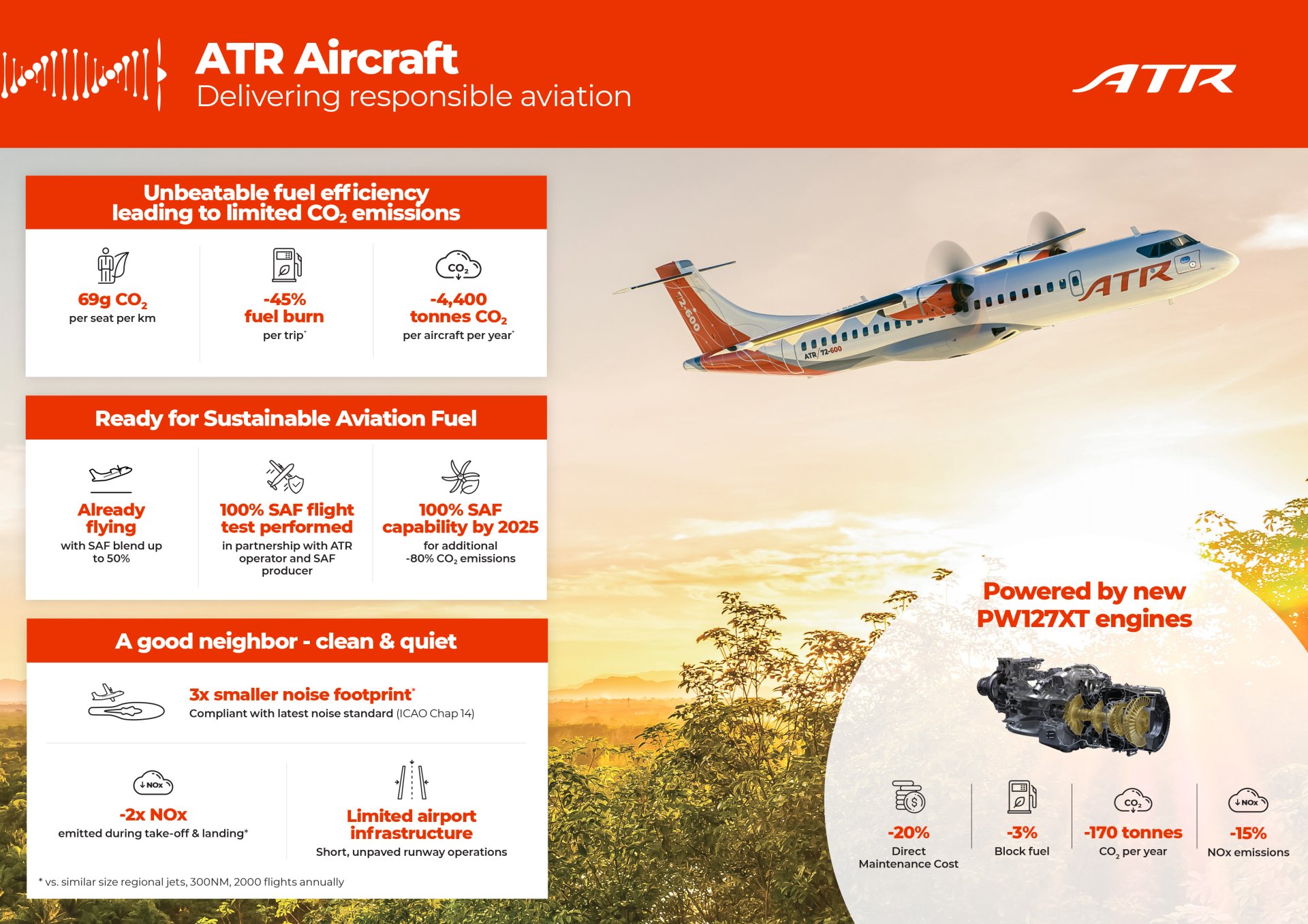
Beyond aircraft design, ATR actively engages in the exploration of alternative fuel options. The company is collaborating with various partners to develop and test sustainable aviation fuels (SAFs). SAFs are derived from renewable sources and have the potential to significantly reduce CO2 emissions compared to conventional jet fuels. ATR's ultimate objective is to progressively increase the utilization of SAFs in their aircraft, thereby contributing to a greener aviation industry. In concrete terms, ATR achieved last year an historic milestone in partnership with Braathens Regional Airlines : a 100% Sustainable Aviation Fuel on a Braathens commercial aircraft. The aircraft took off from Malmo Airport and landed in Bromma Airport near Stockholm, after a flight of 1 hour 20 minutes.

The ATR 42-600S is the latest variant to join the ATR family, alongside its founding members, the ATR 42-600 and ATR 72-600, and the ATR 72-600F freighter version, currently in production. This new version, whose "S" stands for STOL (Short Take-Off and Landing), will continue to use the same engine as the ATR 42 and 72. However, the ATR 42-600S grants pilots the ability to choose between the power of the ATR 42 and that of the 72, empowering the aircraft to exert more power for STOL operations or operate with enhanced efficiency and reduced energy consumption on longer runways. With the introduction of the ATR 42-600S, even the most remote areas can be accessed. Finally, this concrete example, to be launched in 2025, shows the extent to which ATR is committed to coupling technical progress with the environment, in order to move the sector towards the zero-emission project.
Flightreviews.net had the privilege of being invited onboard a brand-new ATR 72-600, soon to be delivered to Azul Airlines, to witness the aircraft's environmental advancements and enhancements to the passenger experience.
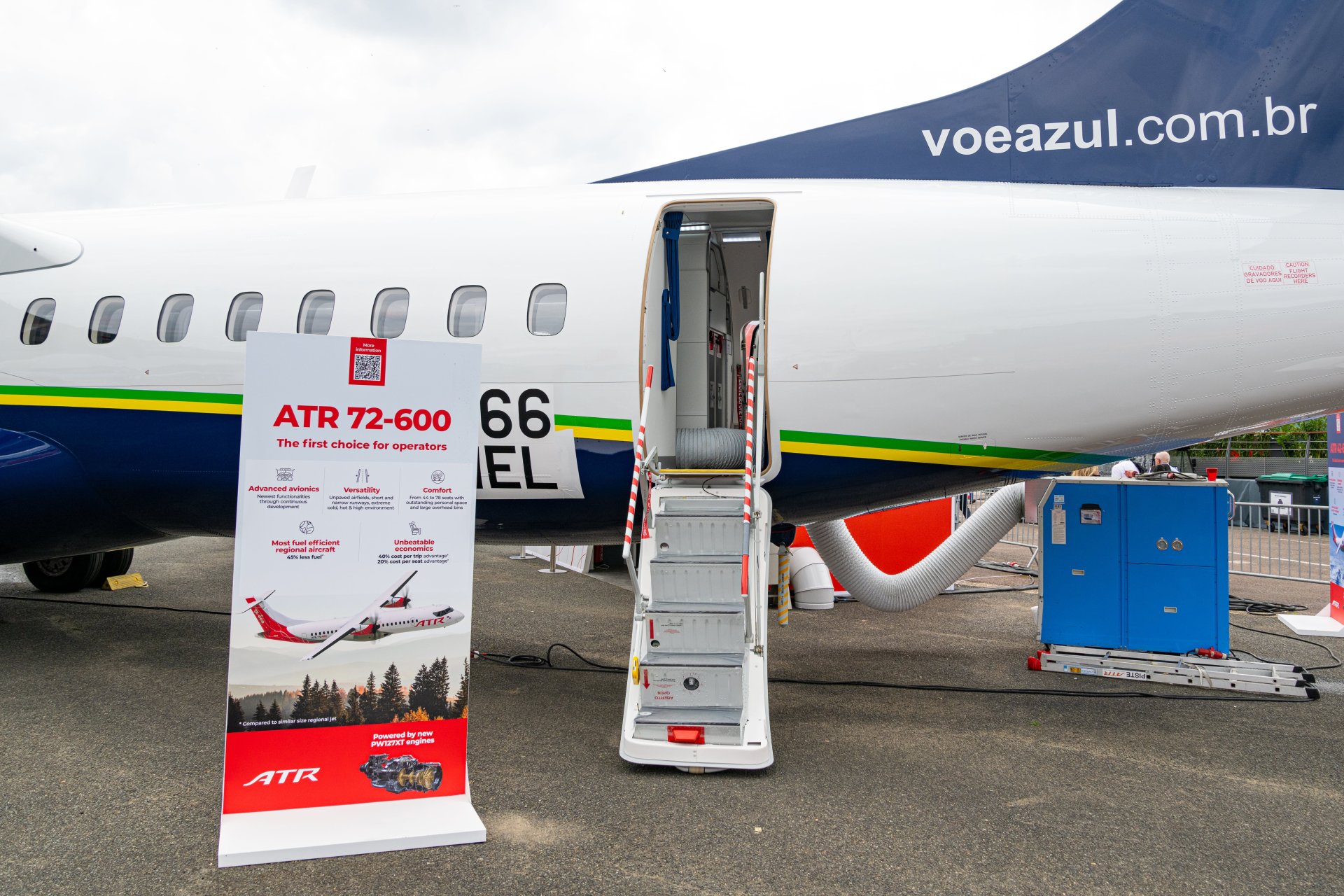
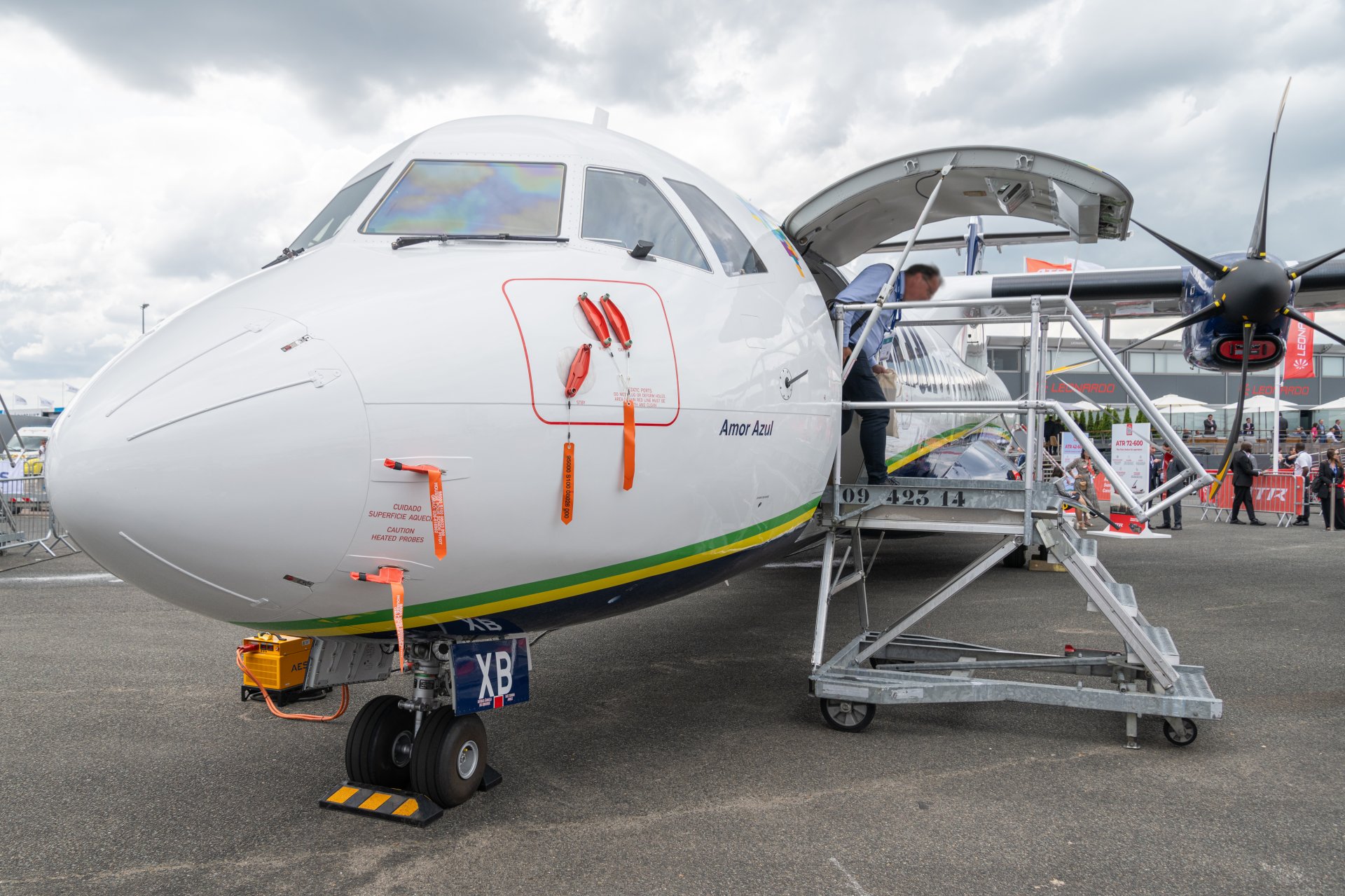

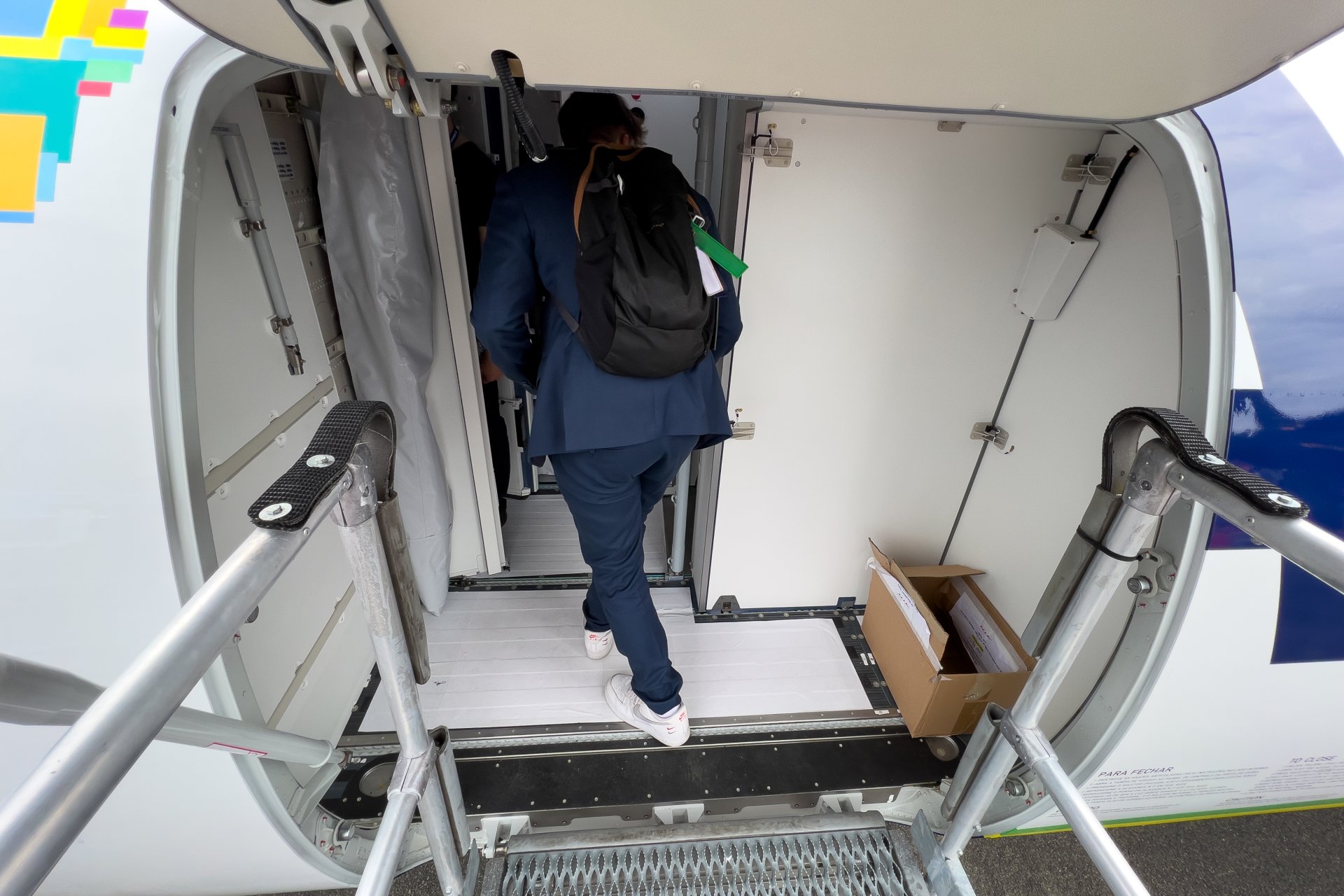
As one of ATR's flagship aircraft, the ATR 72-600 not only excels in its dedication to sustainability but also provides passengers with a comfortable and enjoyable flying experience. With a seating capacity of up to 78 passengers, the ATR 72-600 is meticulously designed with passenger comfort as a priority.
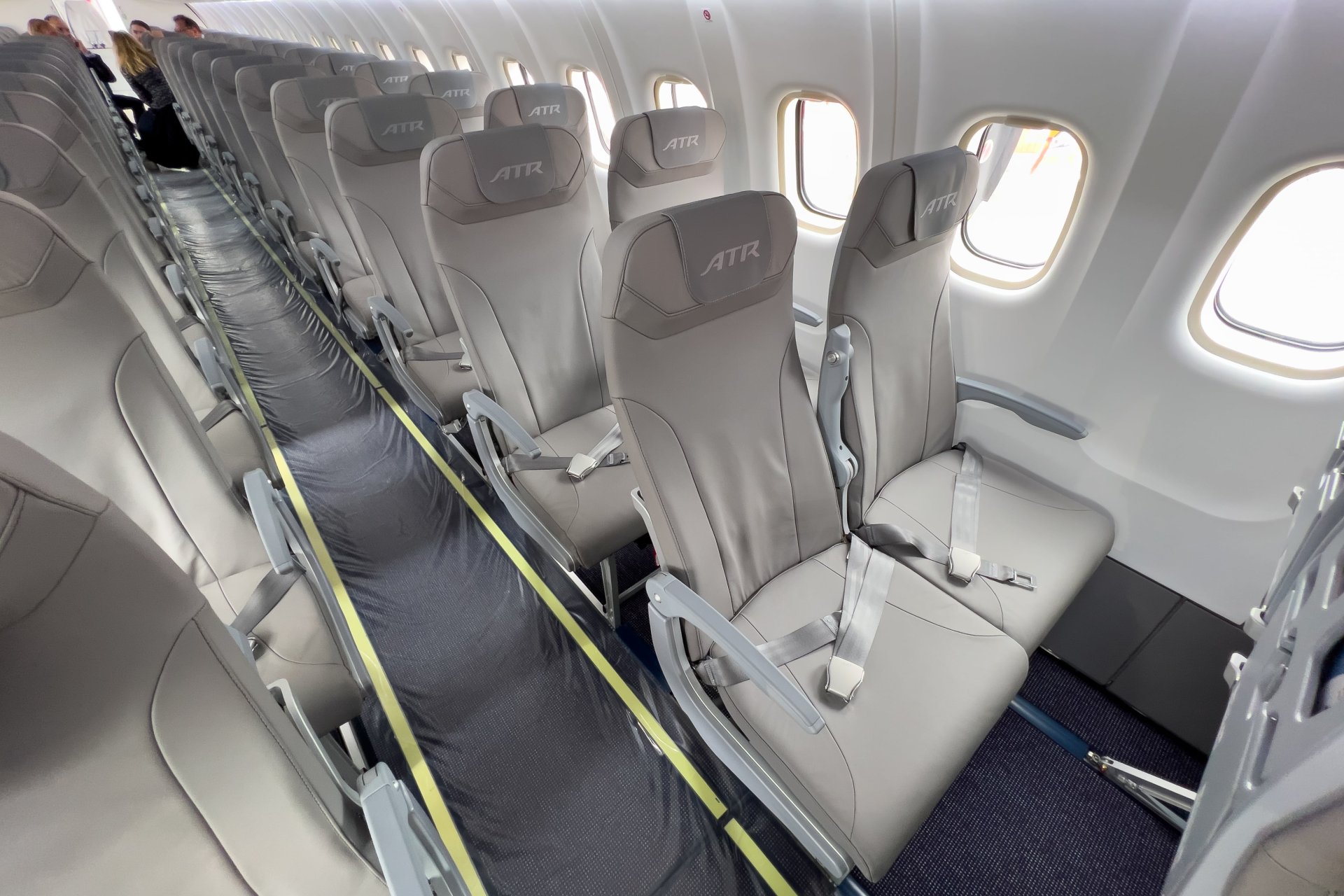
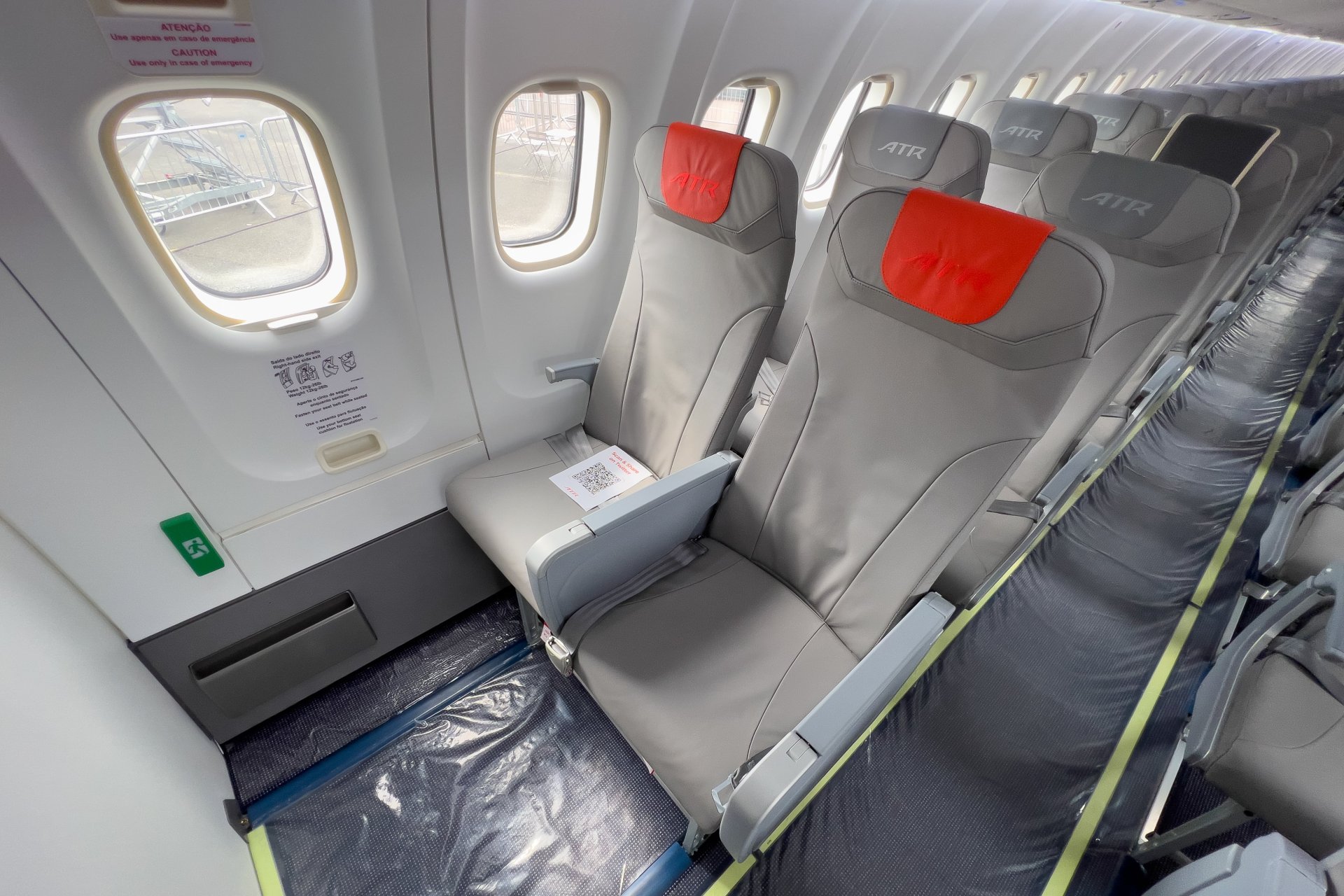
The aircraft boasts spacious cabins, ample legroom, and generously sized overhead compartments, ensuring passengers can relax and enjoy their journey.
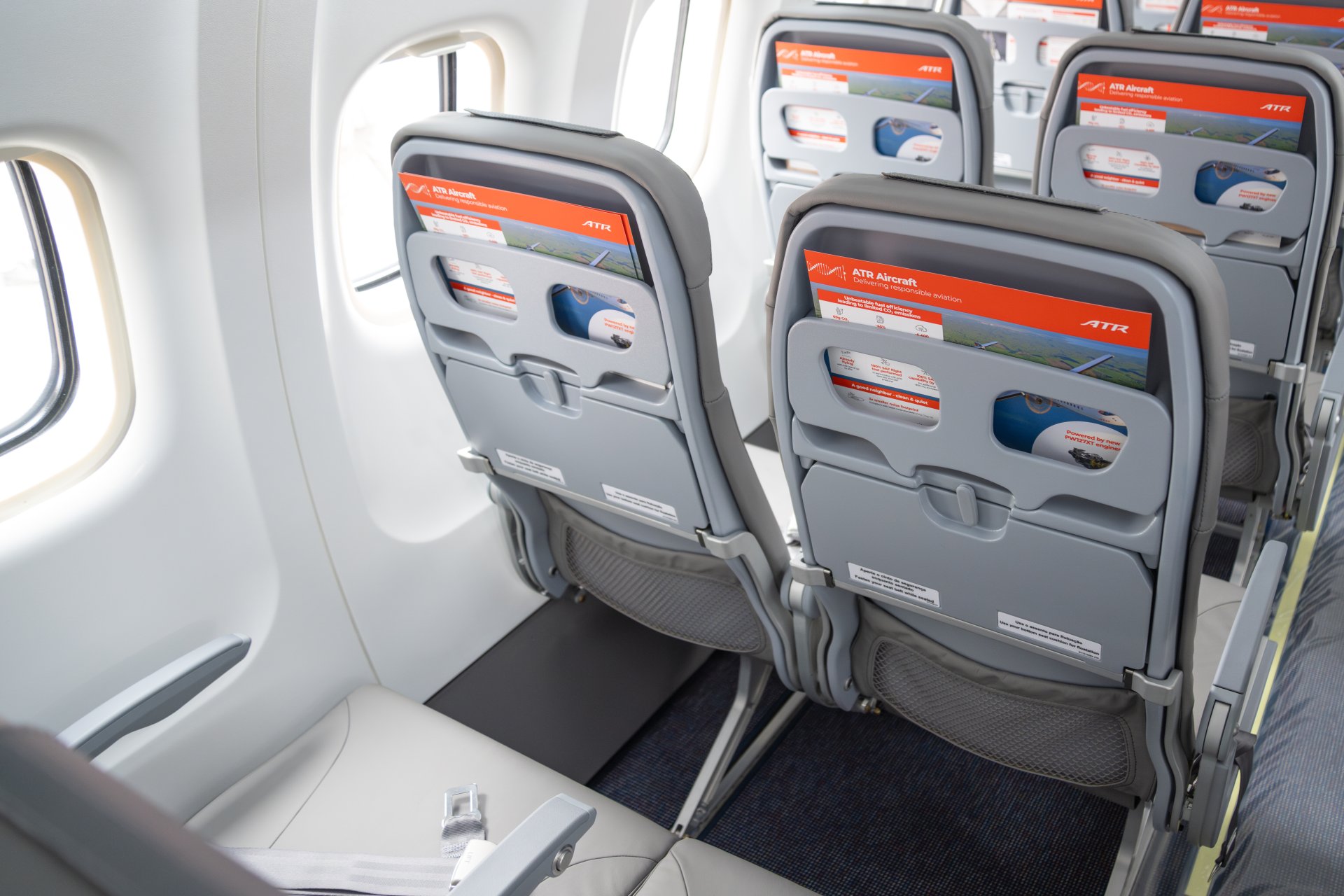


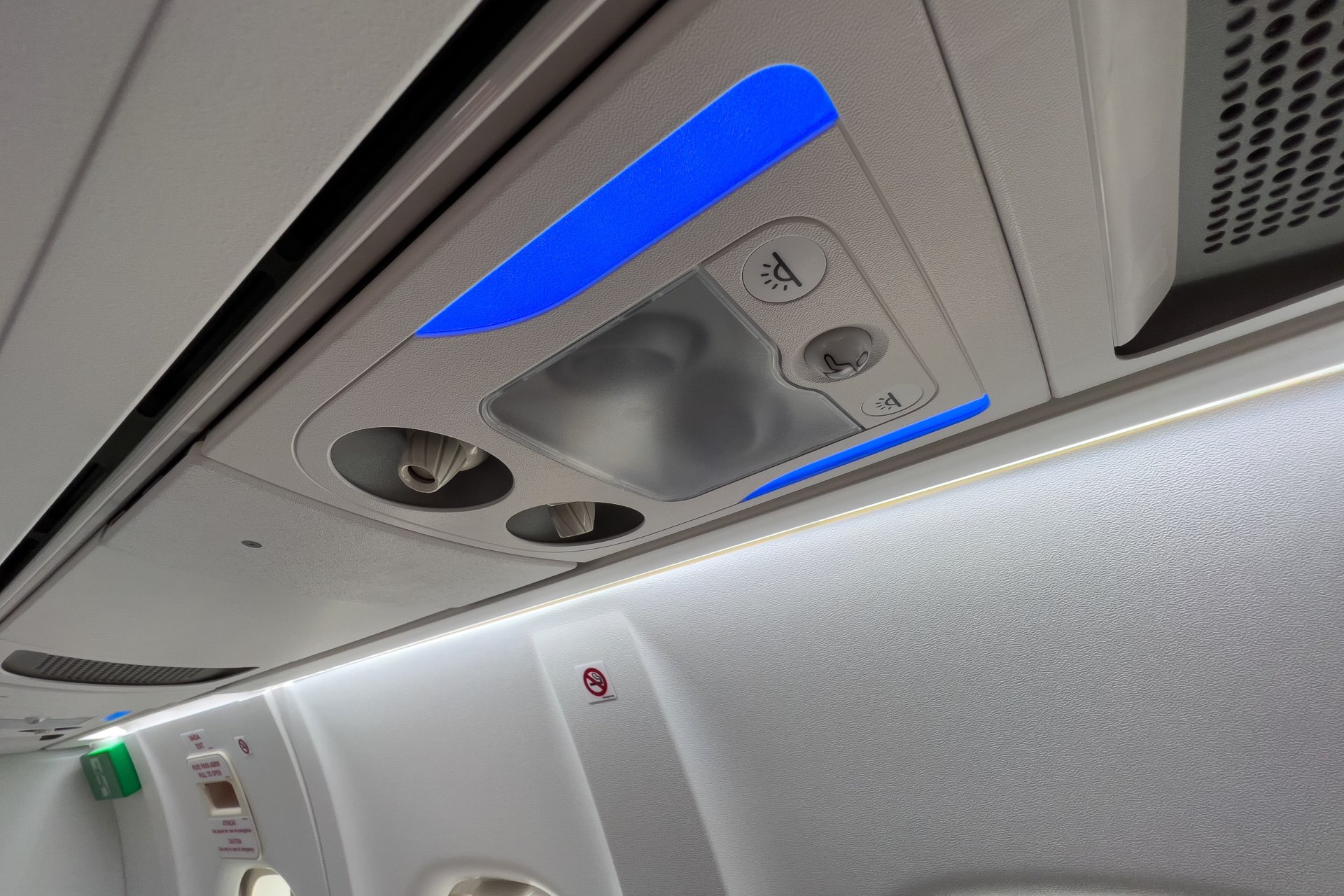

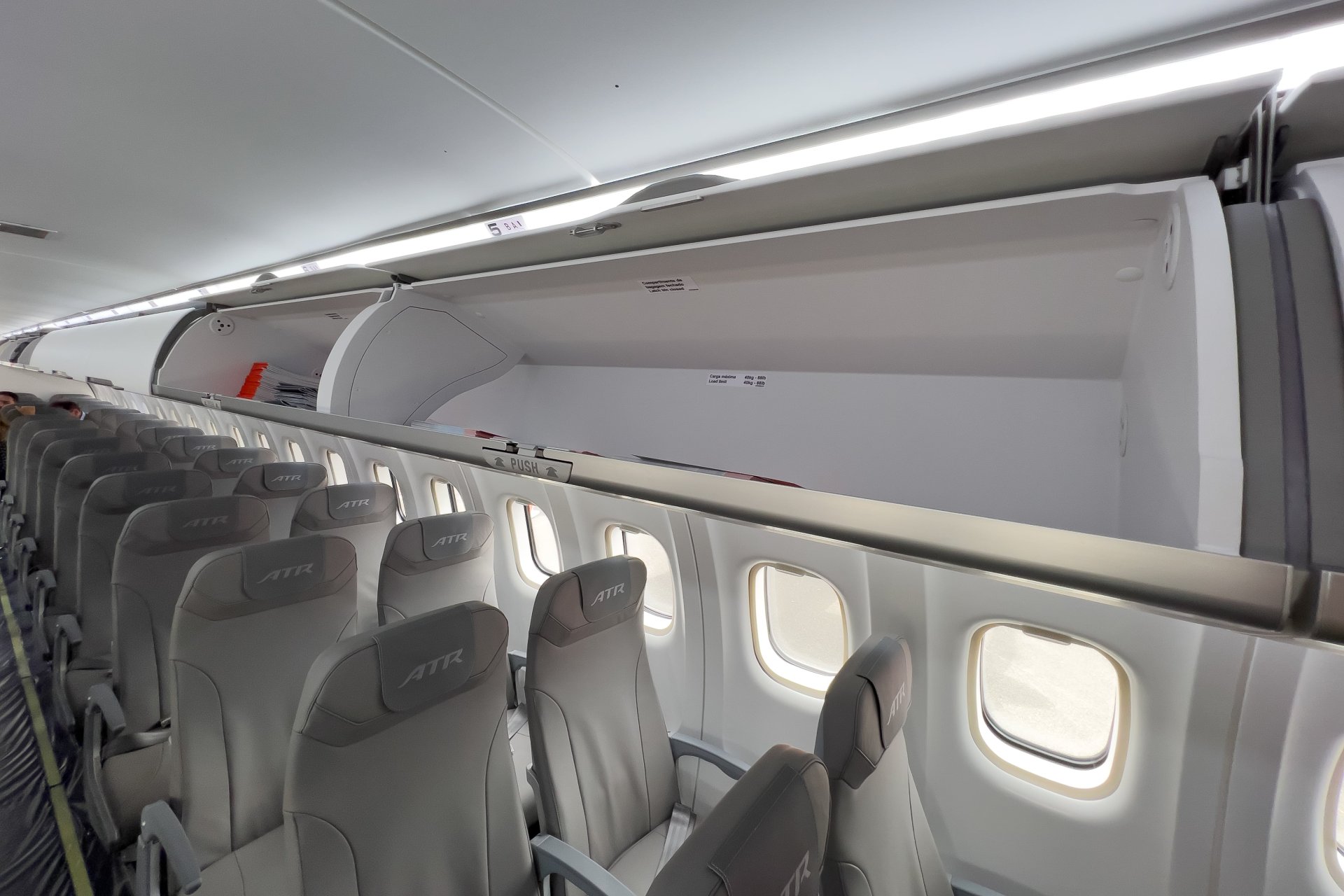
The large windows, coupled with the high-wing configuration, offer breathtaking panoramic views during flight, fostering a profound sense of connection with the sky.
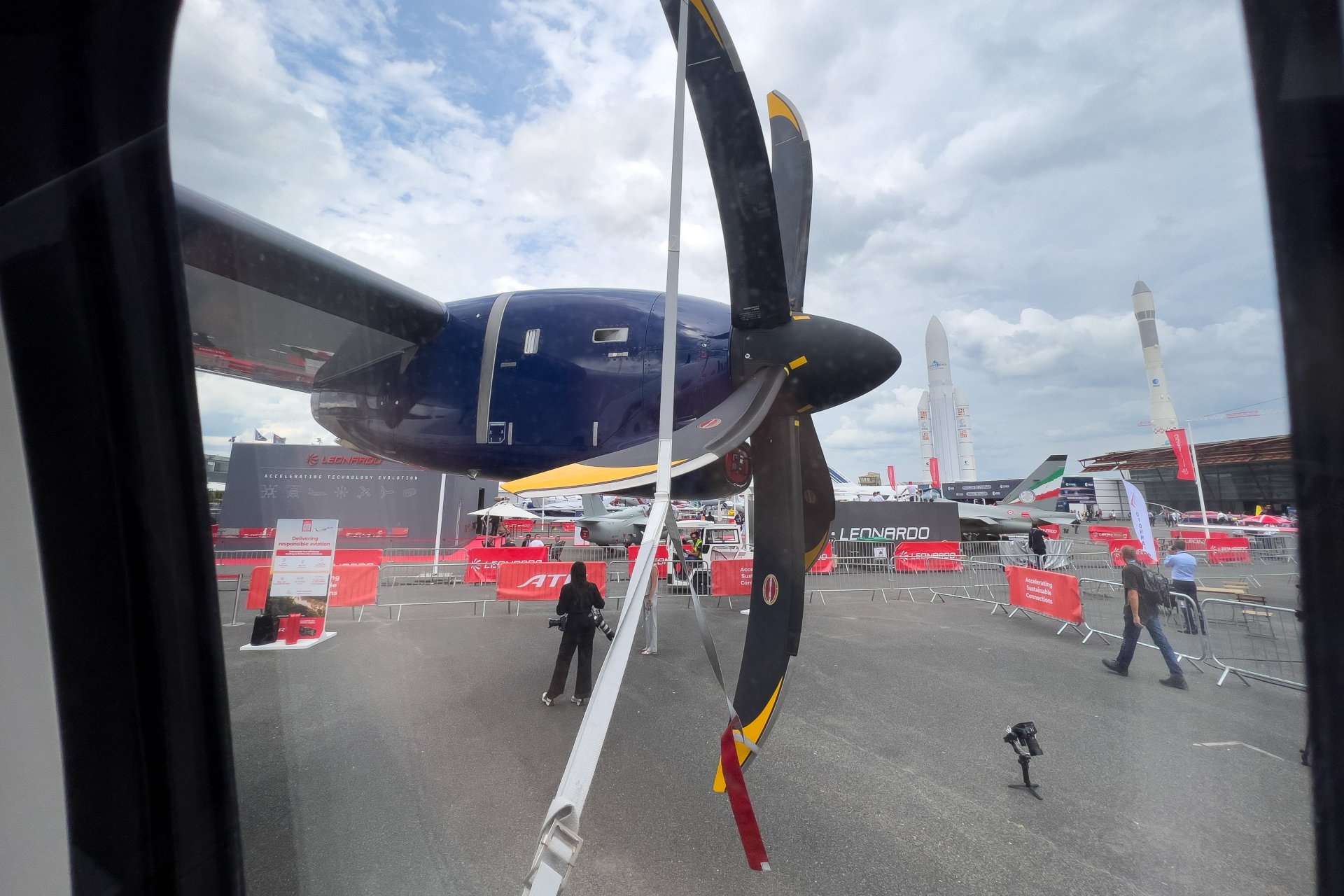
Furthermore, the incorporation of advanced passive noise reduction technology significantly diminishes cabin noise, creating a quieter and more pleasant environment for passengers.

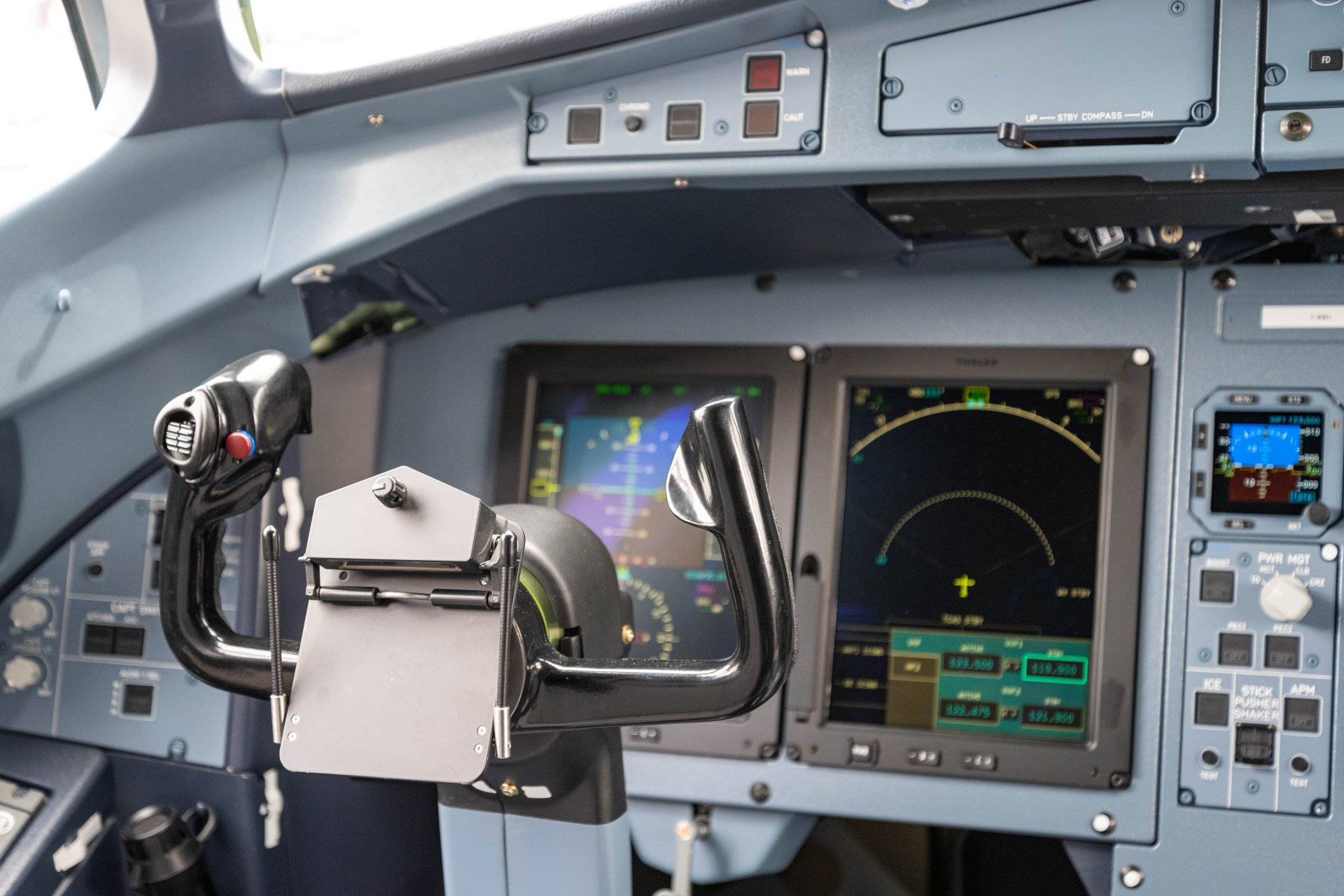

ATR remains resolutely committed to reducing its carbon footprint and promoting sustainability within the aviation industry. Through pioneering aircraft design, substantial investments in research and development, exploration of alternative fuels, sustainable operations, and collaboration with industry stakeholders, ATR leads the way in transforming regional aviation towards a greener future. As the global focus on combating climate change intensifies, ATR stands as a shining example, actively shouldering its environmental responsibilities and making a lasting positive impact on the aviation sector. Additionally, ATR sets a benchmark for in-flight experience, with meticulously designed cabins that prioritize passenger comfort.
Once again, we would like to express our gratitude to ATR for inviting Flightreviews.net to visit their aircraft during the Paris Air Show 2023.
Featured image by Yann Arnould